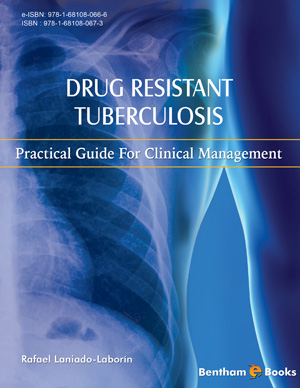Abstract
SHS investigation development is considered from the geographical and historical viewpoint. 3 stages are described. Within Stage 1 the work was carried out in the Department of the Institute of Chemical Physics in Chernogolovka where the scientific discovery had been made. At Stage 2 the interest to SHS arose in different cities and towns of the former USSR. Within Stage 3 SHS entered the international scene. Now SHS processes and products are being studied in more than 50 countries.
Abstract
The Mycobacteria genus, member of the Mycobacteriacea family and Actinomycetales order, are nonmotile, nonsporulating, acid-fast bacilli, 2-4 μ in length and 0.2-0.5 μ in width. Their waxy cell wall, rich in mycolic acid plays an important role in its resistance to many antibiotics. The Mycobacterium genus can be separated into two major groups. One group includes the Mycobacterium tuberculosis complex and the other includes non-tuberculous (also known as environmental) mycobacteria. The Mycobacterium tuberculosis complex includes M. tuberculosis (Mtb), M. canettii, M. africanum, M. microti, M. bovis, M.caprae and M. pinnipedii. Mycobacteria are facultative intracellular bacteria that multiply within phagocytic cells. In addition to the ability to acquire new resistance through the acquisition of chromosomal mutations, Mtb has a variety of intrinsic resistance mechanisms that allow active neutralization of antibiotic actions. Mtb intrinsic drug resistance can be divided into two categories: passive resistance and specialized resistance mechanisms; besides the cell wall barrier that helps slow down the penetration of antibiotics, Mtb operates multiple specialized resistance mechanisms that allow active detoxification of drugs once they reach the cytoplasmic space. Mtb, acquired drug resistance is caused by spontaneous random mutations in chromosomal genes, facilitating the selection of resistant strains during sub-optimal drug therapy. Clinically, drug resistance in Mtb represents the selection of random genetic mutations, not a change caused by exposure to the medication.
Keywords:
Acquired resistance, Actinomicetales, Chromosome, Detoxification, Genus, Intrinsic resistance, M. africanum, M. bovis, M. canettii, M.caprae and M. pinnipedii, M. microti, M. tuberculosis, Mutations, Mycobacteria.
Recommended Chapters
We recommend

Authors:Bentham Science Books






